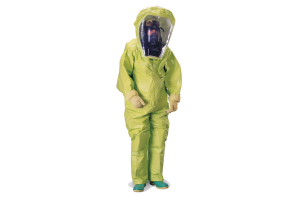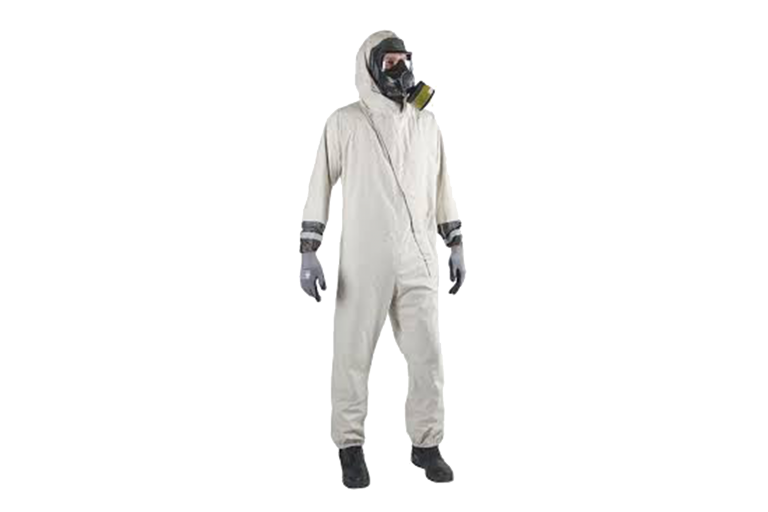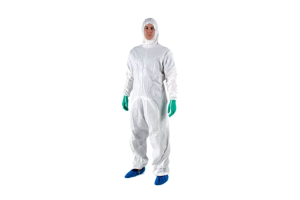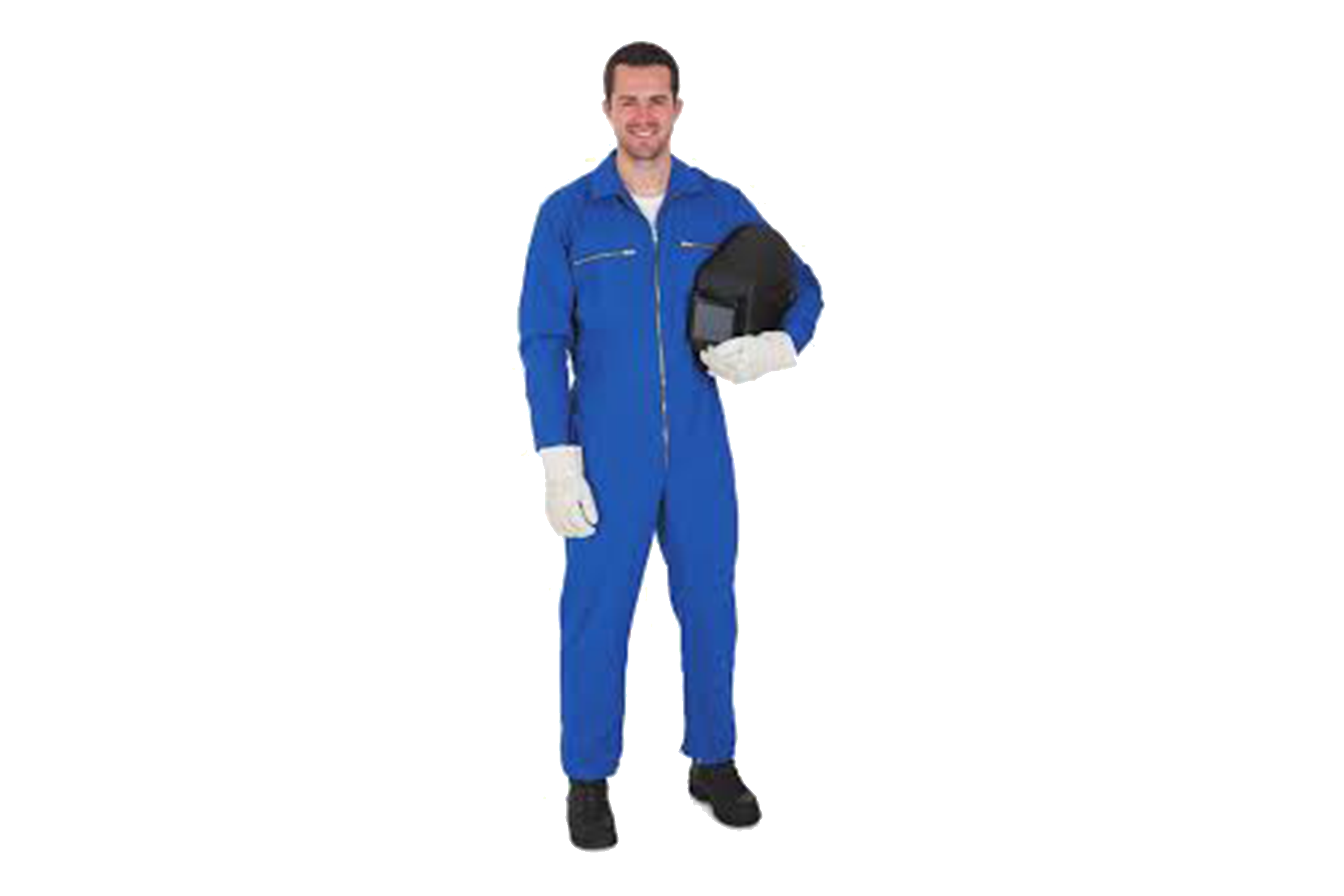Personal Protective Equipment

Personal protection equipment (PPE) works to keep professionals in healthcare, biochemical, food service and other industries safe from environmental hazards. Whether employees have to make contact with a dangerous surface or breathe in challenging conditions, providing the correct gear can reduce the chances of employees becoming ill or getting injured.
Waterproof
Oilproof
Dustproof

Level A PPE
Level A PPE offers the highest level of protection against respiratory hazards, skin exposures and contaminants that can interfere with the eyes. Equipment users will wear a full-body suit and run an air respirator for airflow. Some of the main aspects of Level A PPE include:

Level B PPE
B levels of protection have more of a focus on the respiratory system rather than the skin and eyes. Someone working near gases would benefit most from this level of PPE. The main difference between Level A and Level B PPE is the kind of suit used to complete jobs. Two-piece suits, coveralls and long-sleeves protect from small chemical splashes.

Level C PPE
Professionals take advantage of Level C PPE when an airborne contaminant is detected, but there is little to no threat to the skin and eyes. Workers call for a full- or half-face mask that will feed them air from a respirator. Opting for Level C PPE products gives you the same degree of skin protection as Level B PPE, which means it is unsuitable for a chemical emergency.

Level D PPE
Level D is considered the minimum line of protection from hazardous environments. No air respirator is necessary for Level D working conditions. Employees will utilize coveralls, safety boots and chemical-resistant goggles for nominal defense.

